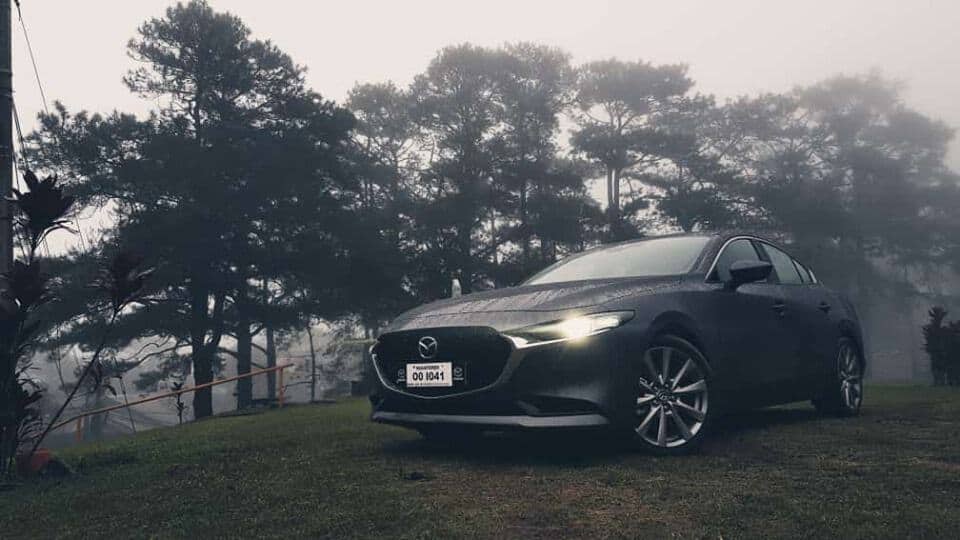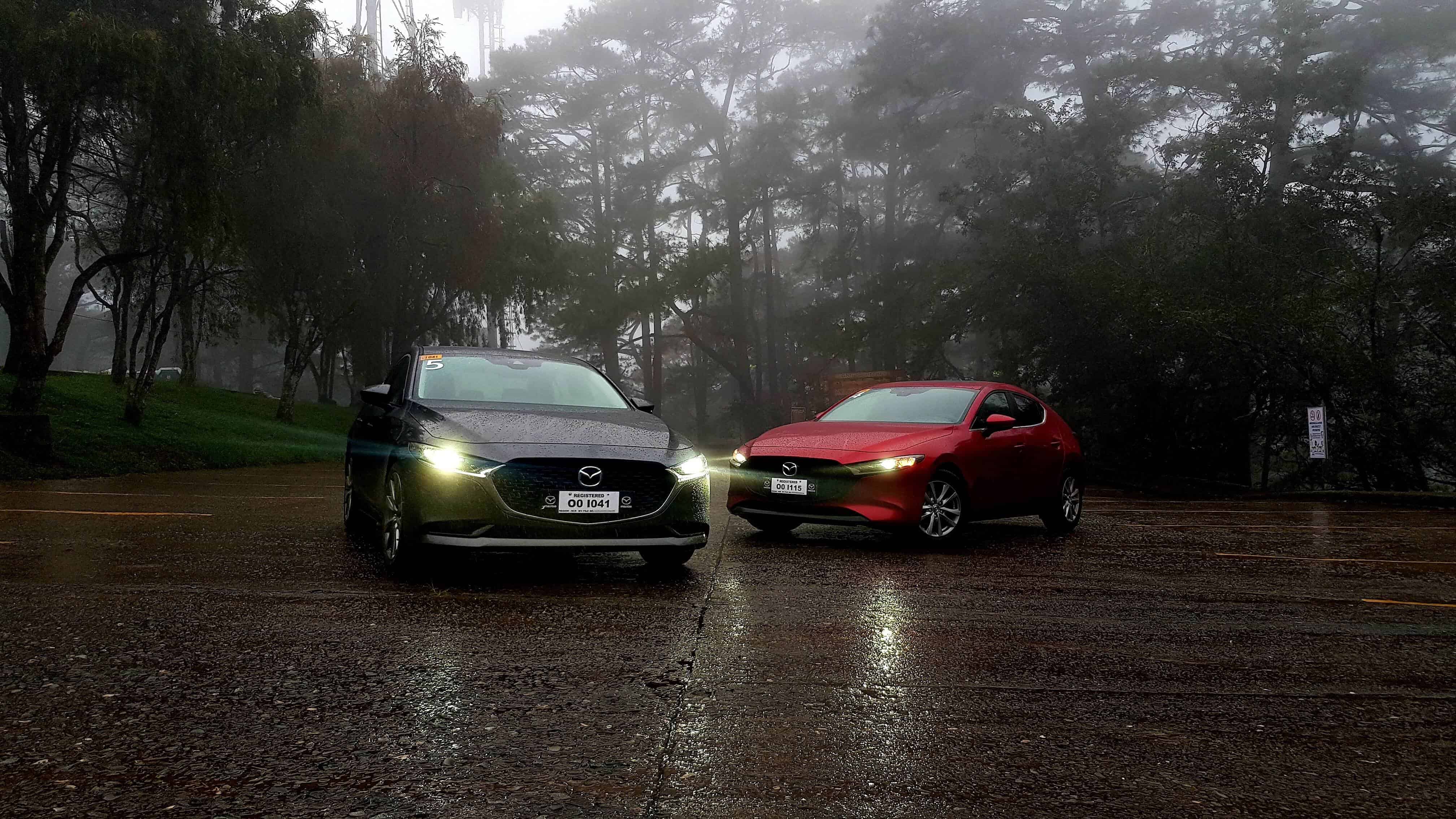Following the much-awaited grand Philippine debut, Mazda Philippines took the local motoring media to Baguio City on a three-day journey via the newly launched Mazda 3 series.
But before tackling the challenging twisties going to the City of Pines, we made a pit stop at the Clark International Speedway in Pampanga for a day to get a closer look at the science and philosophy of Mazda 3’s improved technologies.
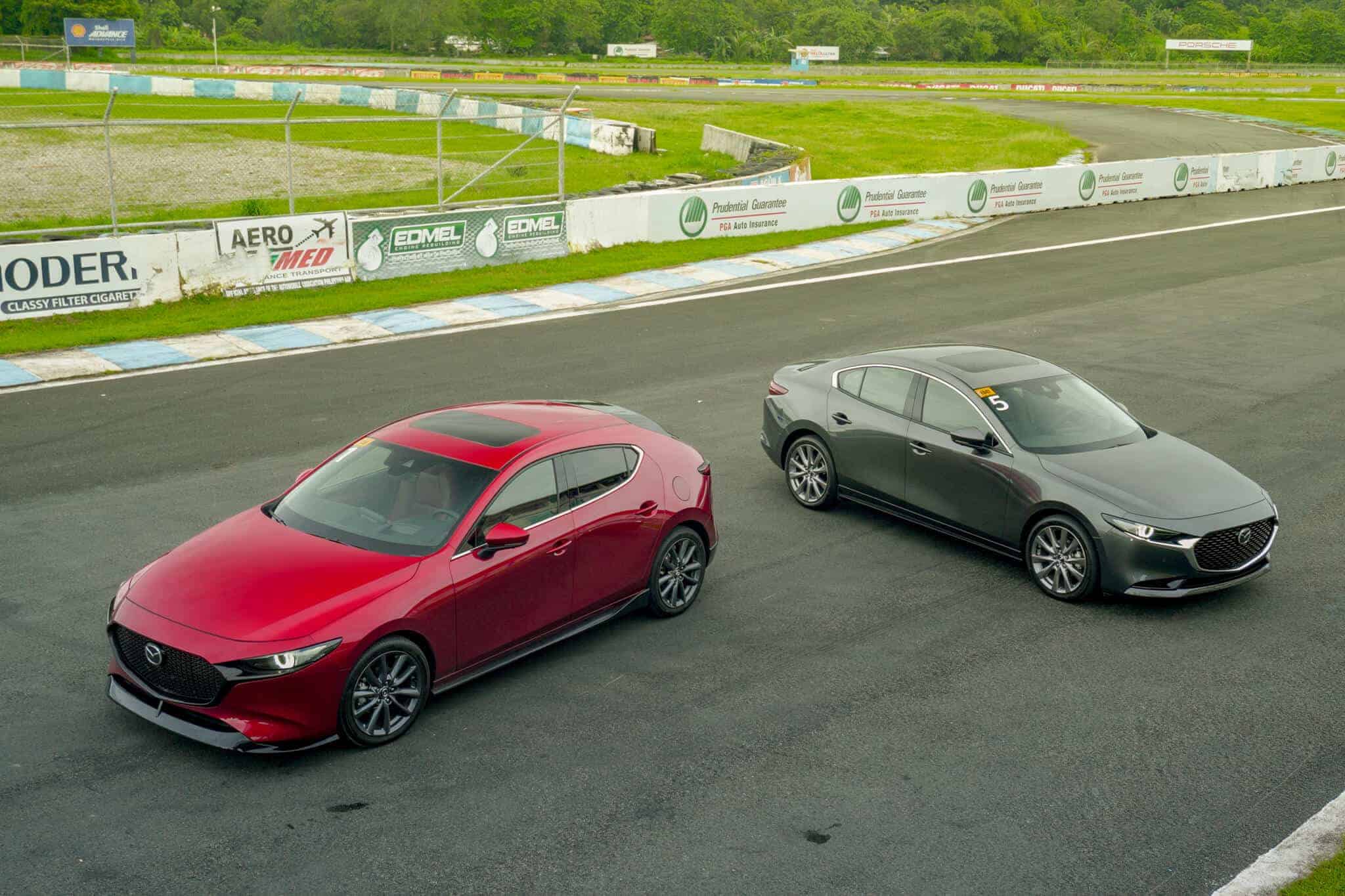
What can easily be observed is the level of detail that the engineers have put into the creation process of the Mazda 3. Although the hatchback’s sporty design and sedan’s elegant appeal could easily pique one’s interest, the latest offering of Mazda Philippines transcends beyond what the eyes can see from the outside.
Taking a closer look inside the cabin reveals a “less is more” aesthetic design approach. What’s satisfying to look at and touch is the exquisite leather surfaces that can be found almost everywhere – on the dashboard panels, seat covers, door sidings, and even on the tilt and telescoping steering wheel.
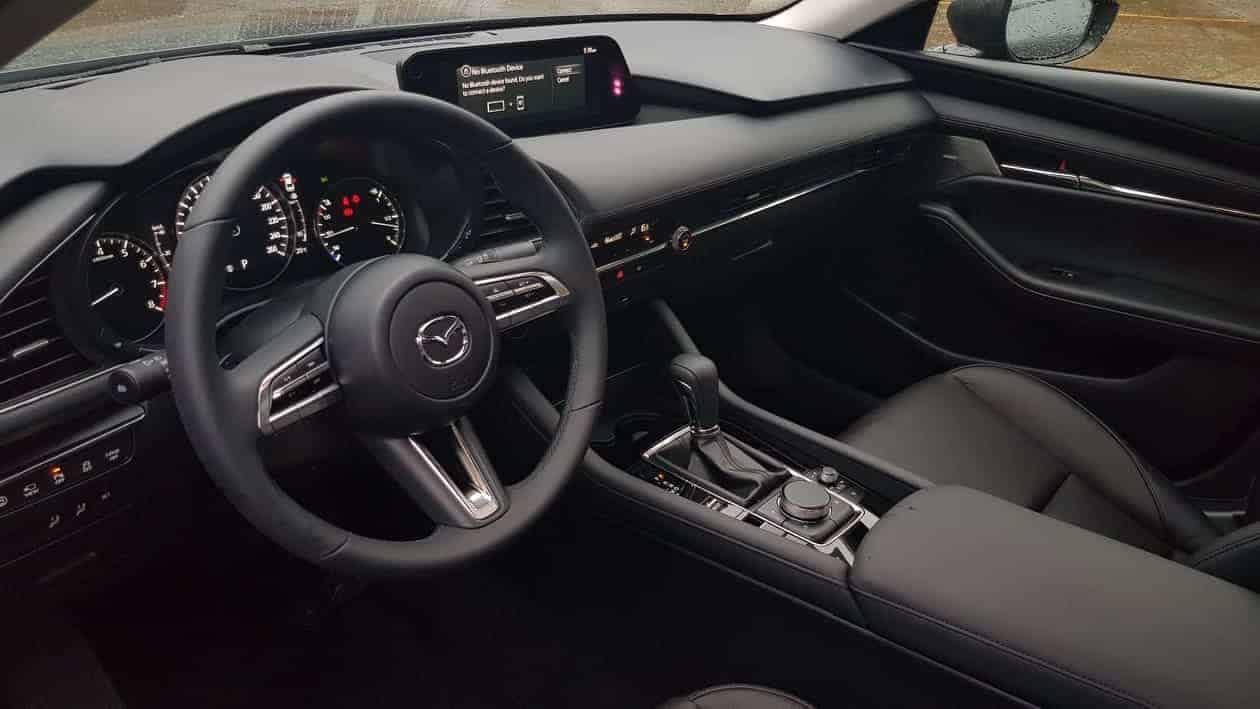
The dashboard has everything that you’ll need: the center of the cockpit sports an 8.8-inch infotainment screen that can be controlled via a command controller knob and function buttons while the sides and corners boast Bose speakers.
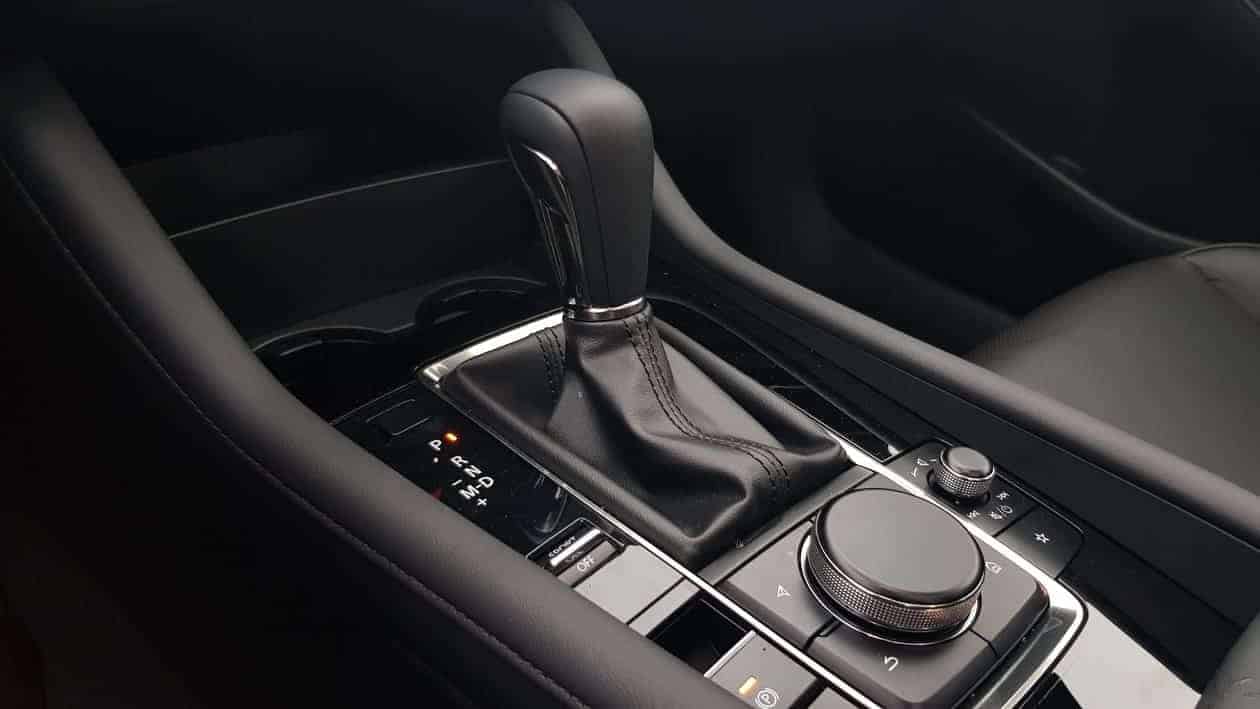
Aside from the premium interior design and breathtaking appeal, what’s noteworthy is the improved noise, design, and vibration (NVH) that the people of Mazda worked really hard on.
Compared to its previous generation, turning up your music volume in a bid to drown out the noise outside the vehicle is now a thing of the past on the Mazda 3. By eliminating various holes on the body such as those in the door panels, unnecessary noise and vibration outside the vehicle will constantly be thwarted on the all-new Mazda, while interior sounds and music will be contained inside the cabin — no matter how loud they may be.
“This is what we’re trying to do… the human-centric approach. We only want to listen to want we want,” Mazda Motor Corporation program manager and product division Koichiro Yamaguchi said to Wheels.ph.
After discussions with the people from Mazda, we finally headed to the track to see how the Mazda 3 performed in its natural habitat.
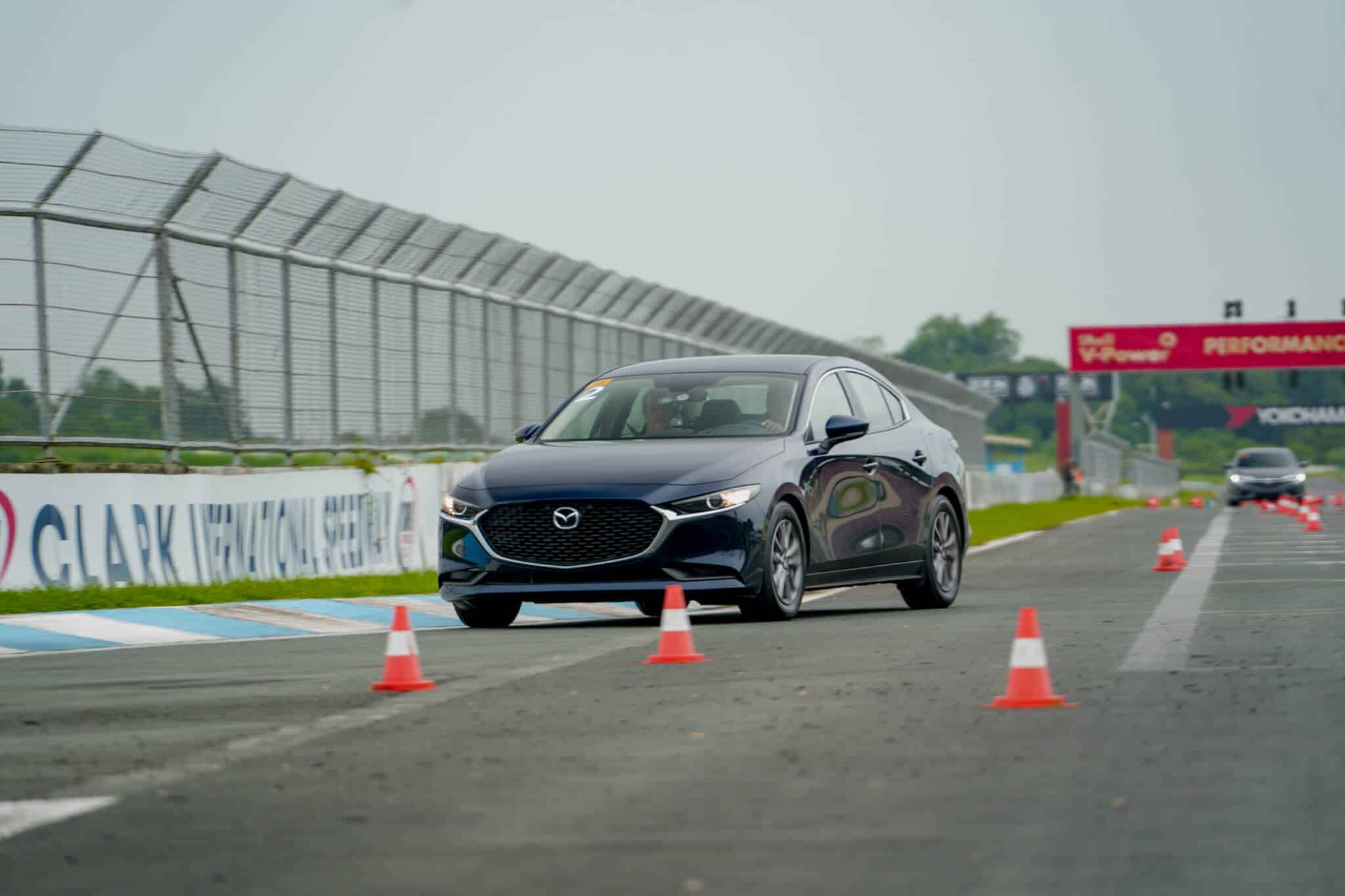
The series of tests highlighted the ingenuity of Mazda 3’s G-Vectoring Control (GVC) Plus technology when driven through various slalom courses which include dynamic bends and circles to demonstrate G-force maneuvering through pylons using both the 1.5 and 2.0 variants. The dynamic control technology of Mazda provides more control, stability, and less body roll.
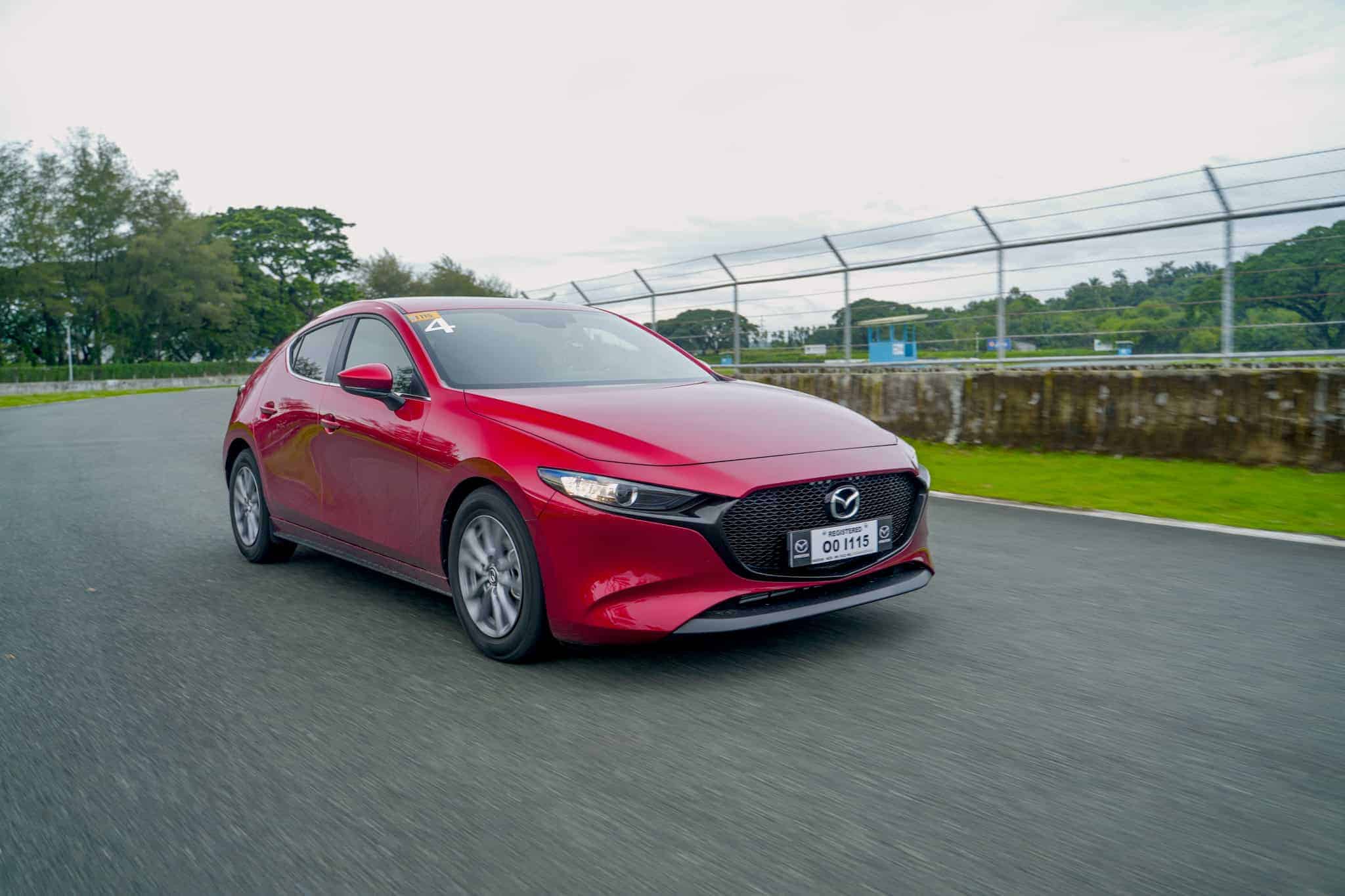
Under- and over-steering through the pylon-filled obstacles are checked through the GVC Plus, which provides stability and control by lowering lowering the engine torque, shifting the weight, and applying the right amount of brake force.
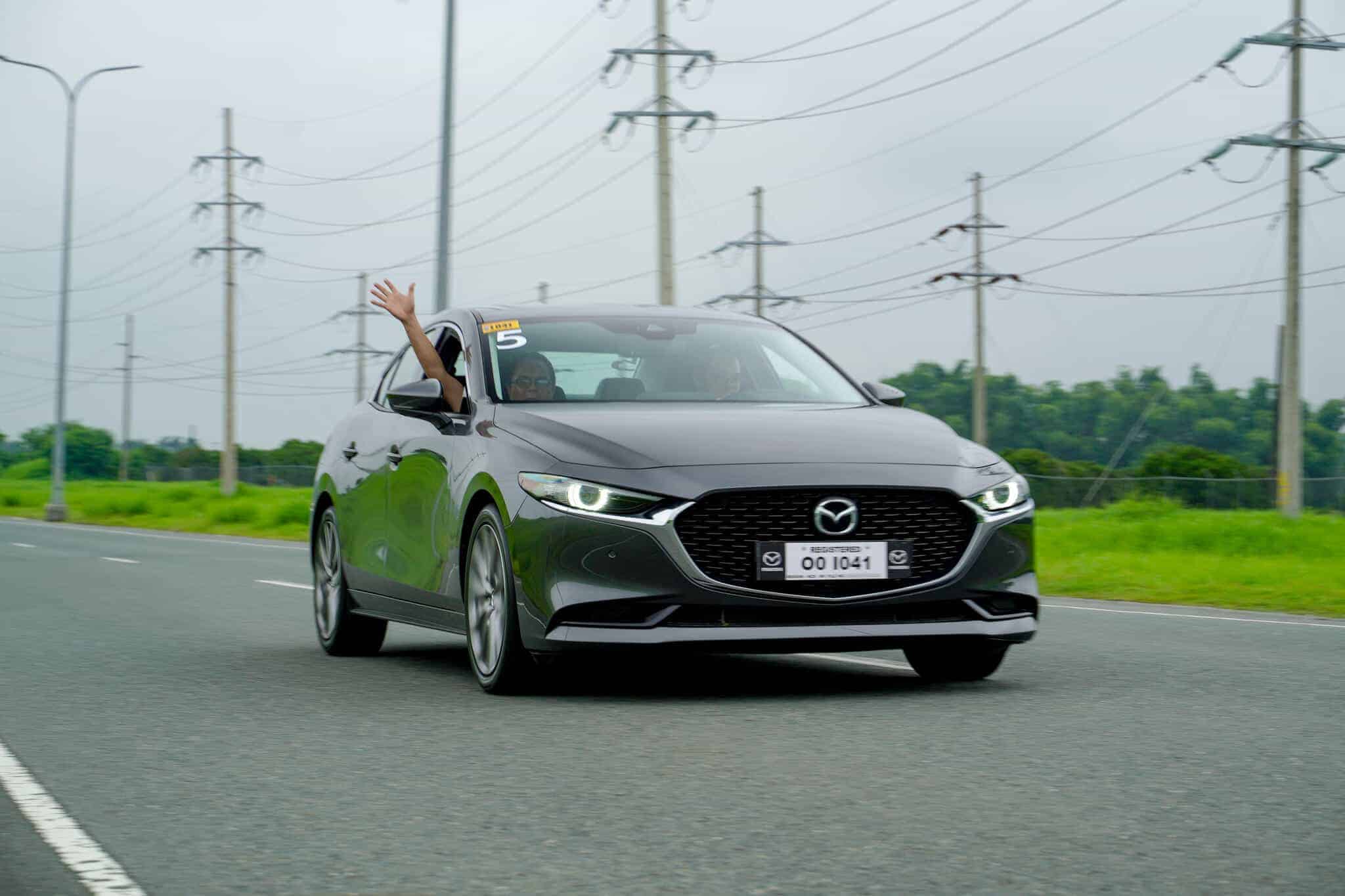
The Mazda 3 comes with either a 1.5-liter Skyactiv-G gasoline engine that generates 111ps at 6,000 rpm and 146 Nm of torque at 3,500rpm, or a more potent 2.0-liter Skyactiv-G gasoline engine that generates 154ps at 6,000 and 200Nm of torque at 4,000rpm. Both are mated to a six-speed Skyactiv-Drive automatic transmission with Sport Mode.
